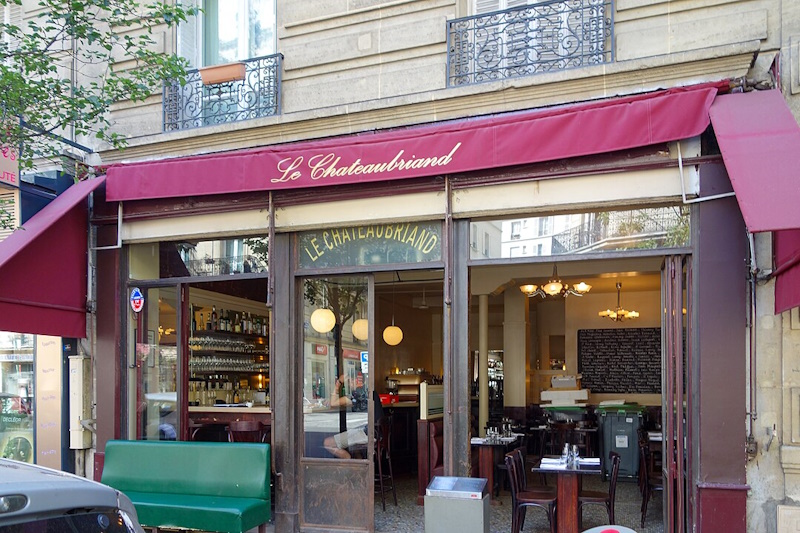9 Tips For Eating Like a Local in France Without Speaking French
You don’t need to be fluent in French to eat well in France. But if you want to avoid the tourist track and get closer to how locals really eat, you’ll need more than a phrasebook. These tricks help you navigate meals confidently, even if you can’t say much beyond “bonjour.”
Here’s how travelers manage to order, enjoy, and blend in at mealtime without knowing the language.
1. Memorize a Few Important Food Words
Before your trip, take ten minutes to learn basic words for food and drinks. Focus on items you actually like, e.g. :
- “Poulet”: chicken
- “Fromage”: cheese
- “Boeuf”: beef
- “Poisson”: fish
- “Pain”: bread
- “Vin rouge”: red wine.
You won’t need full sentences, just enough to skim a chalkboard menu and spot something you’ll enjoy.
2. Use Google Lens to Read Menus
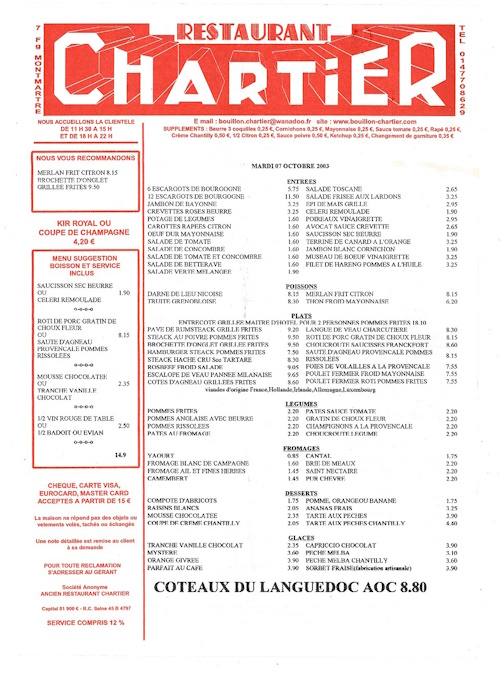
Many restaurants have handwritten menus or chalkboard specials that aren’t translated. Google Lens helps you read those in real time by pointing your phone’s camera at the text.
It’s enough to understand the dishes and avoid missing out on daily plates that don’t appear in tourist translations or printed menus.
3. Greet, Then Point!
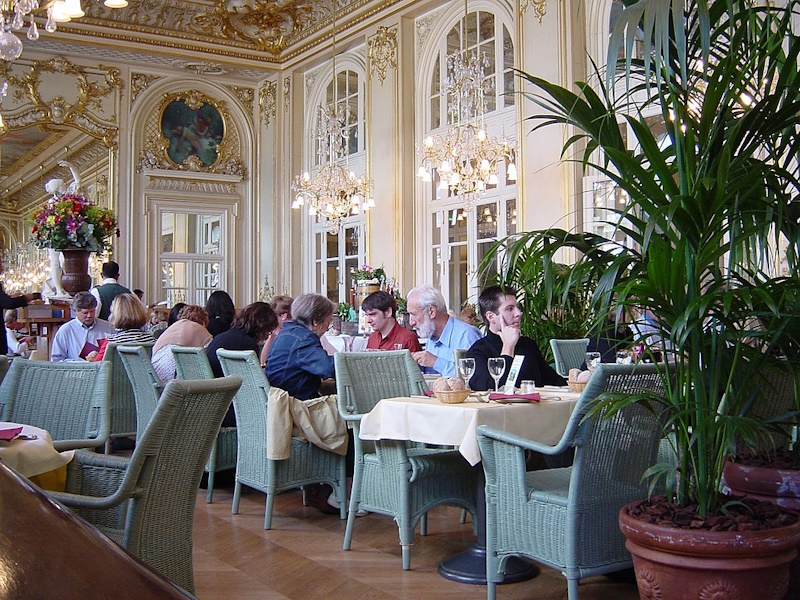
Before you try to order, say “Bonjour.” That one word goes a long way. After that, if you don’t know what to say, pointing is fine.
Just gesture to the item in the display case, the menu, or even another table, and say “Je prends ça, s’il vous plaît” (I’ll have that, please). It’s simple, polite, and effective.
4. Watch The Locals
At a bakery, locals often greet, order quickly, pay in coins, and leave with their baguette under one arm. Watch a few people before your turn, especially if the setup isn’t obvious.
Some cafés expect you to order at the bar and carry your drink outside. Others bring everything to the table. Copying locals will save you the guesswork.
8. Seek Handwritten Menus
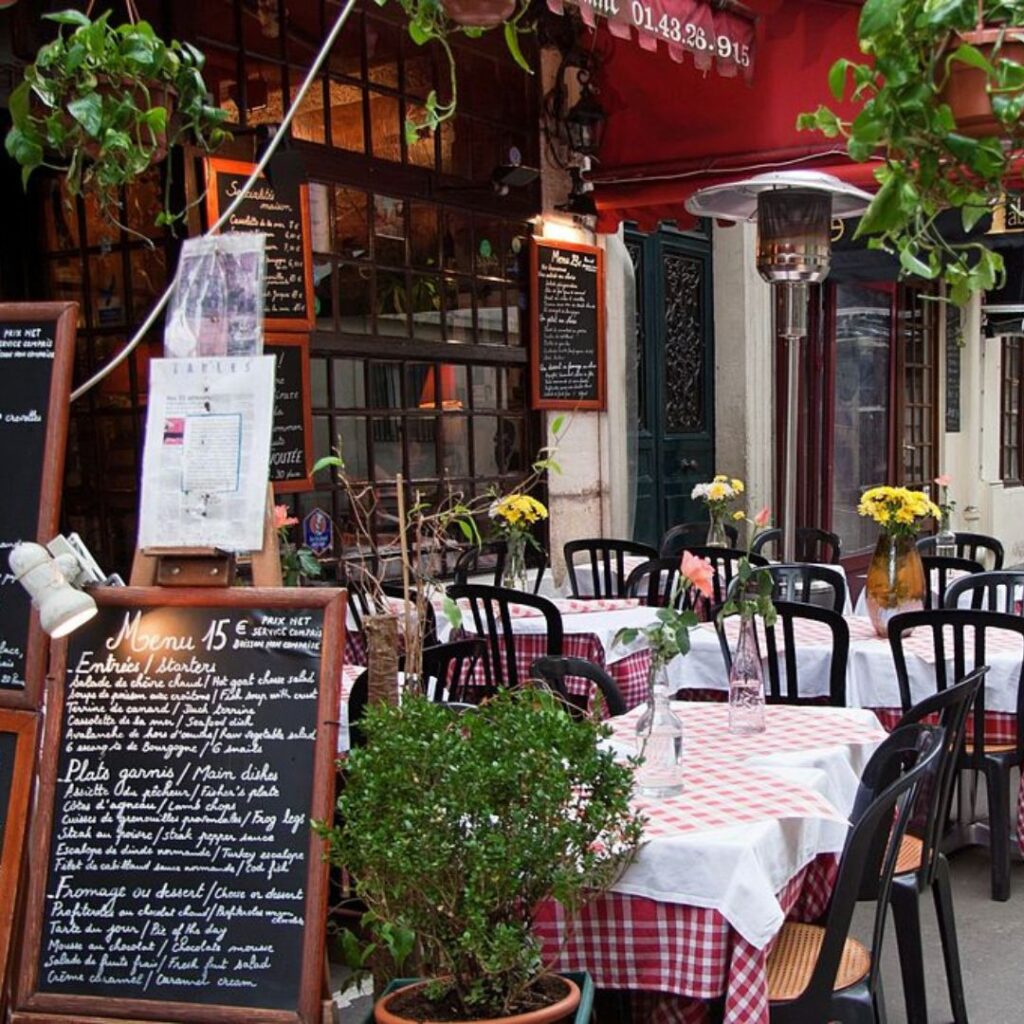
When a menu is handwritten or written on a chalkboard, it usually reflects what the chef bought fresh that day. It also signals a local crowd.
You might not understand every dish, but these places tend to have fewer options, which simplifies ordering. These are often the best meals. Just ask what the server recommends or pick the plat du jour.
5. Order the Formule
Most French restaurants offer a formule or menu du jour, a fixed-price lunch or dinner with a few choices. It’s the easiest way to get a local meal without juggling translations. You’ll often find two or three main options, already listed outside on a chalkboard.
Say “la formule, s’il vous plaît” and choose what you can understand (or point).
7. Use Simple Phrases That Work Everywhere
You don’t need to speak in full sentences. A few short phrases cover almost everything:
“Je prends ça” = I’ll have that.
“C’est quoi ?” = What’s that?
“Un café, s’il vous plaît” = A coffee, please.
These work for bakeries, cafés, markets, and even full restaurants. You’ll be surprised how far these three phrases go.
9. Eat When Locals Eat
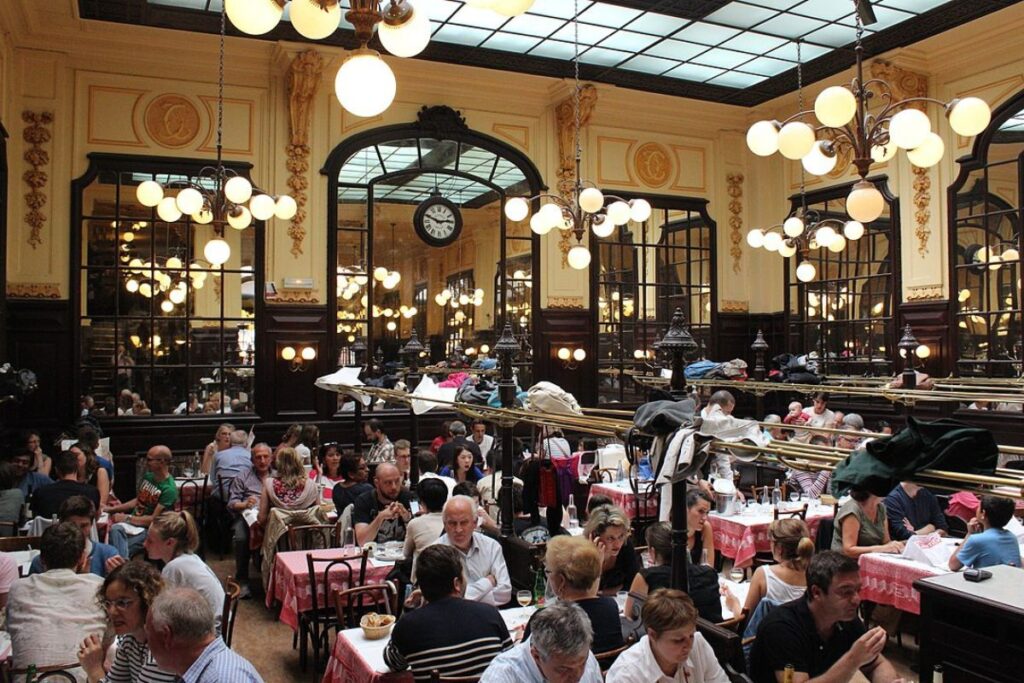
Timing matters. Lunch is from 12:00 to 14:00. Dinner begins after 19:30. If you show up at 15:00 expecting a full meal, you’ll likely get turned away or be stuck with reheated leftovers.
Syncing your meals with the local rhythm helps you fit in and get better food – regardless of your French.

